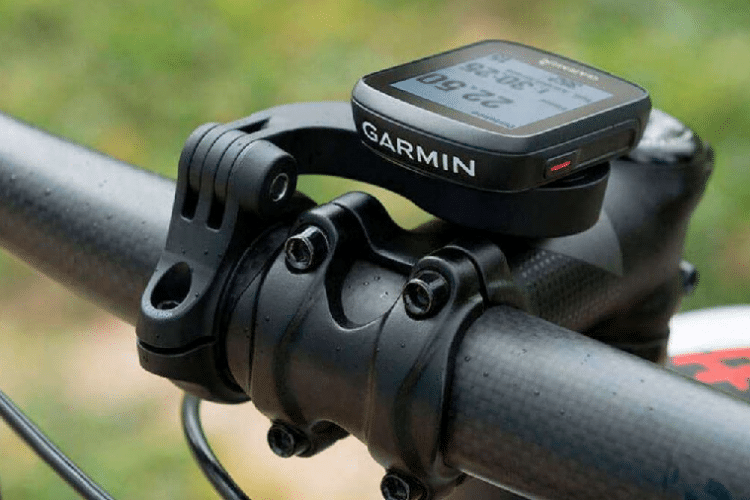Cycling holidays often conjure up images of far-flung locales like French wineries, Cuban beaches, and Tuscan hills in the minds of many Australians. However, the country itself has a wealth of scenic routes and trails to choose from. Several bike-friendly options are accessible in Australia, despite the country’s vast open highways. According to 2019 data, cycling is one of Australia’s most popular types of physical activity. More than 80% of Australians ride their cycles for fun, whereas less than a third do it for transportation, usually to and from work or other fun activities. As smartphones get smarter, many Australians choose to use their cellphones rather than a dedicated bike computer. Smartphones can be useful for more than just cycling, but are they better than a dedicated cycle computer in Australia? Reasons why bike computers function better than smartphones will be discussed in this article.
Visibility
Bright sunlight can make it tough to see the screens of most smartphones. The high contrast screens and other outdoor-oriented bike computers make it much simpler to view their information even in direct sunlight.
Waterproofing
Many modern smartphones are “water-resistant,” though not all devices are completely “waterproof”. Your cell phone is more likely to fail you on a long rainy ride. It doesn’t matter if your phone is water-resistant if the touch screen isn’t working properly. Some bike computers include buttons instead of touchscreens, making them simpler to use in rainy situations and preventing you from unnecessarily switching your screen with a single incorrect touch.
Performance in cold weather
When carried outside in cold weather, phones’ batteries quickly deplete because they are meant to work at room temperature. Bike computers are built to withstand the elements and keep their batteries charged even in the cold.
Reliability of GPS
As a bike computer, your phone hasn’t been extensively vetted, and it may have GPS reporting that is only accurate to within six feet at its best. In ideal conditions, dedicated bike computers may achieve an accuracy of 2 inches. Onboard barometric altimeters, real-time speed calculations, and specialized hardware for detecting GPS satellite signals help bicycle computers produce more precise results. Third-party information for elevation, speed calculations after the ride, and GPS recognition resources that are simultaneously utilized for other purposes like data transfer impair the accuracy of smartphones.
Aerodynamics
On your handlebars, phones are now larger and more cumbersome. You’ll slow down your ride if you add a larger case to it. Aerodynamics experts created bike computers with as low resistance as possible.
Keeping yourself safe while riding
With notifications from messages, calls, and apps, phones generate more distractions. You’re less likely to get distracted from the road by a bike computer. As a result, bike computers don’t bombard you with notifications from all of your other apps, making your commute smoother and safer.
Integration of hardware with the overall system
In addition to power gauges, bike trainers, and heart monitors, bike computers are designed to function with a wide range of other equipment. Cell phones may not perform as well in these environments as bike computers, which have undergone more intensive testing.
It’s a waste of time, energy and cash to use a phone while cycling. When used under less-than-ideal situations, a cellphone as a bike computer may function a few times, but its flaws will quickly become apparent. Make sure to bring your cellphone in the event of an emergency, but a dedicated cycle computer in Australia designed specifically for cyclists is what you should be using.
Ellen Hollington is a freelance writer who offers to ghostwrite, copywriting, and blogging services. She works closely with B2C and B2B businesses providing digital marketing content that gains social media attention and increases their search engine visibility.

